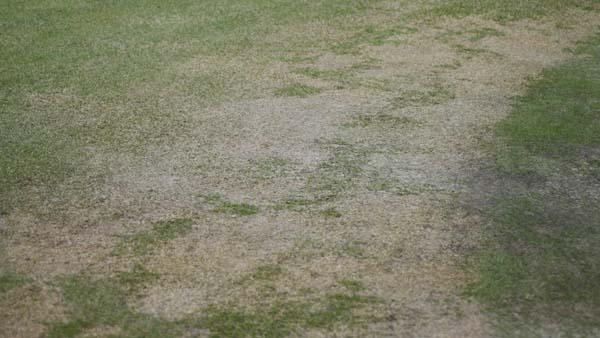 Winter might be long over, but its effects are long lasting for northern golf courses.
Winter might be long over, but its effects are long lasting for northern golf courses.As if damage caused by severe cold and ice during winter wasn't bad enough, from Chicago to Detroit to Toronto, superintendents continue to struggle as unseasonably cool conditions persist into spring making recovery a long and prolonged experience the likes of which many have never seen before.
"Personally, I've never seen anything like it," said Ed Nangle, Ph.D., director of turfgrass programs for the Chicago District Golf Association.
It's been so bad that Nangle has taken it upon himself to send letters to the memberships at Chicago-area courses on behalf of superintendents throughout the region, calling this year' a 100-year winter.
"I've talked to some long-serving superintendents around here and they said they haven't seen anything like this since 1977 or 1978," he said. "Before this year, you had to go back to 1903 to find a winter this cold, and there isn't anyone around who was here then to ask."
Temperatures in the Chicago area dipped below 0 degrees Fahrenheit on 16 days in January, including a low of minus-16 on Jan. 6. A brief thaw gave some superintendents a chance to break up ice on greens during the second week of January, Nangle said. But temperatures were back below freezing within two days. Poa annua greens under those conditions were hit hard, Nangle said.
"There was turf death then," Nangle said. "Then some superintendents broke ice in February after 42 days, and the damage was significant. There was a lot of death then, and they knew it."
Problems might have started in January when the infamous polar vortex crept into modern vernacular, bringing with it freezing temperatures that dipped southward all the way into northern Florida. But those challenges hardly ended in January. In fact, in some ways they were just beginning.
Folks in the northern suburbs of Chicago awoke May 16 to a light dusting of snow, reportedly up to a half-inch in some spots, marking the first May snow event in the area in nearly a decade. And soil temps have been slow to get to a threshold needed to sustain growth for all the bentgrass seed that has been laid since winter released its grip.
Newspaper reports in the Chicago area have reported significant damage at several courses. Even after reseeding with creeping bentgrass at several places, recovery on the metropolitan area's north side has been slow thanks to unseasonably cool spring temperatures that have delayed the process.
"The northern courses, especially those around the lake are the ones having trouble," said Ron Townsend, the CDGA's turfgrass research. "The lake really keeps everything cooler. Recovery from this winter has been a long, slow process."
Chicago isn't the only area still having problems. News accounts in Ontario tell of a 27-hole facility that is operating on 27 temporary greens.
Research shows that sustained soil temperatures of at least 55 degrees for several days are needed for bentgrass to germinate and begin growing.
Townsend said that threshold has been sustained on Chicago's south side for about a month. But temperatures on the north side are only reaching that mark now.
"We even had frost on Saturday morning (May 17). We haven't had time for bentgrass to start growing. Everyone is so far behind," Townsend said. "It looks like this week we will have some good growing temperatures, but we're not sure if they'll stay there."
Winter was so severe and the spring so cool that even ryegrass has turned up dead around Chicago, Nangle said.
"It's going to be a slow recovery," Nangle said. "We're still waiting on temperatures to pop so the bentgrass can grow. The Poa that is alive is severely stunted. It is taking its sweet time coming back."

